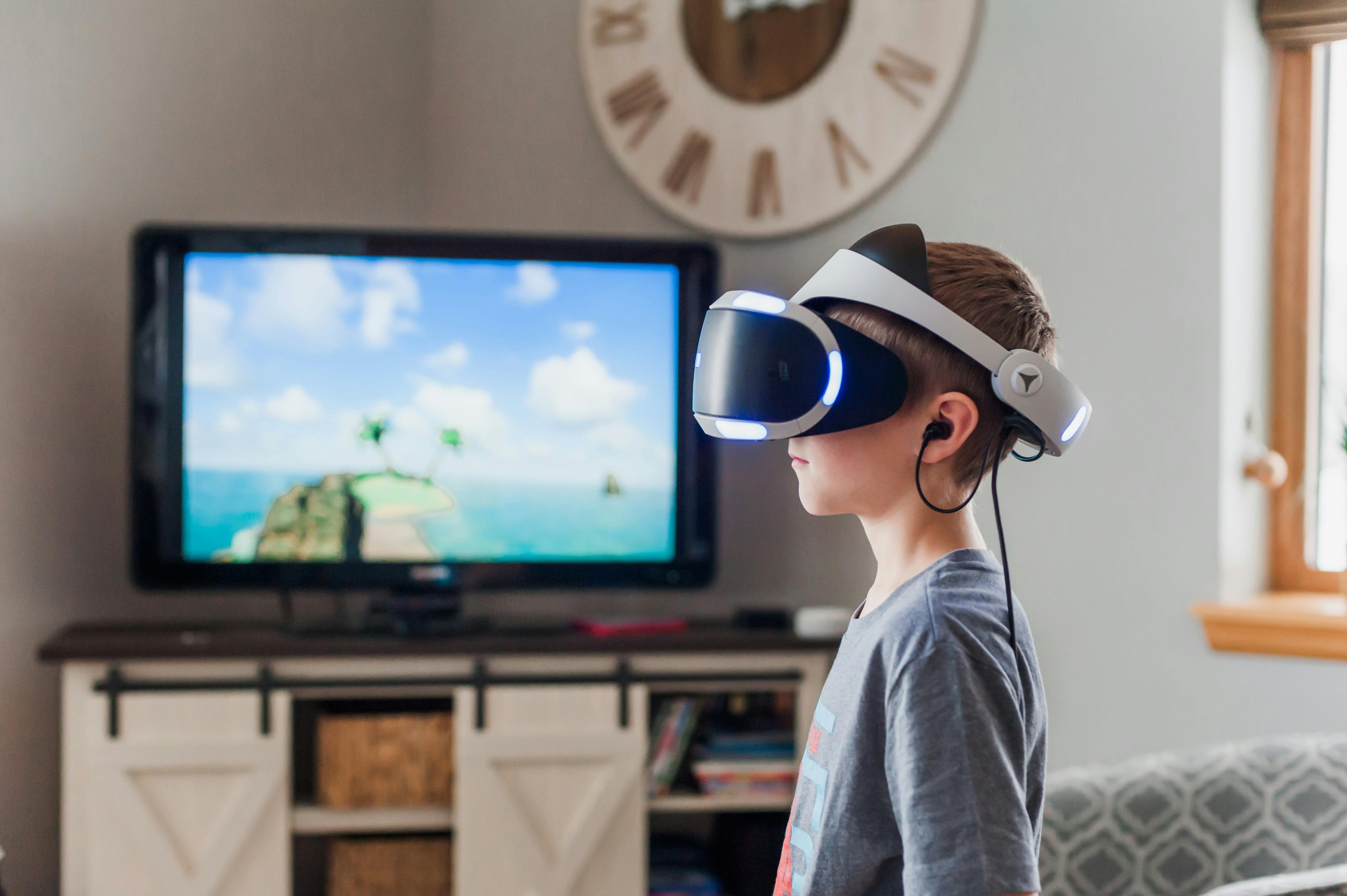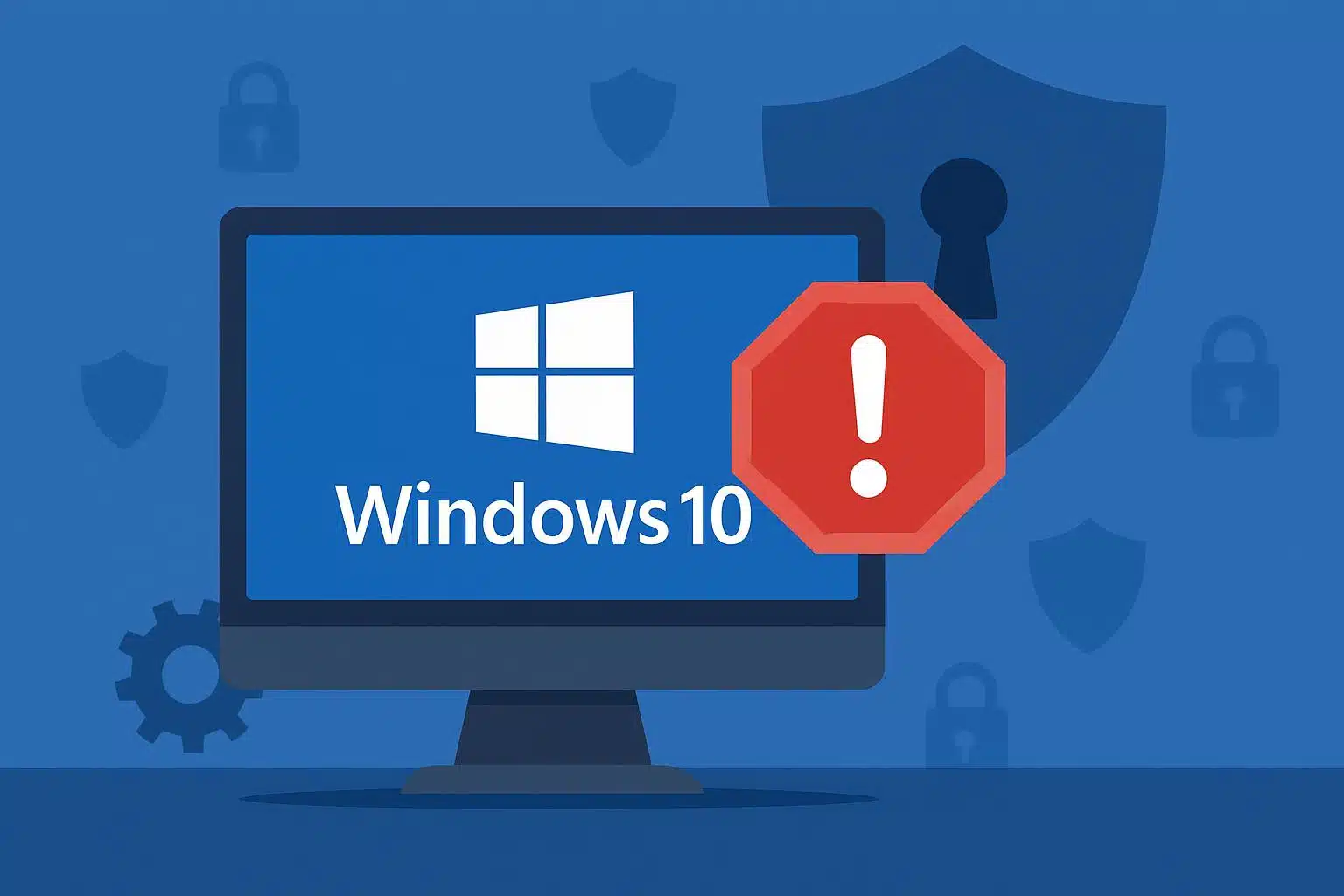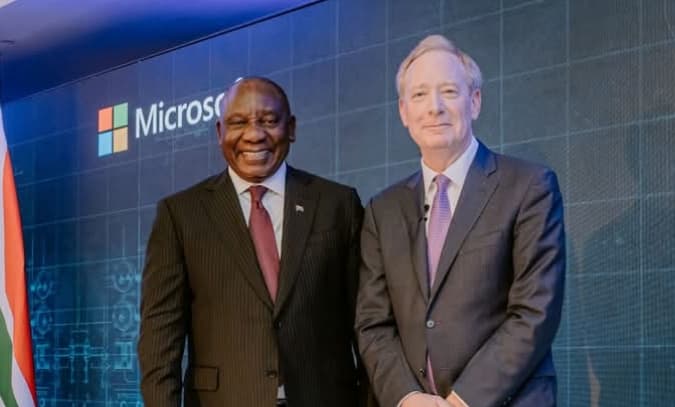Imagine a world where you can meet your friends at a café in Paris, attend a live concert in Tokyo, or visit an art gallery in New York — all without leaving your living room. This isn’t the plot of a sci-fi movie, but the rapidly emerging world of the Metaverse. Once just a buzzword, the Metaverse is becoming a tangible reality, transforming how we socialize, work, and experience the world.
The Evolution of Social Platforms
In the early 2000s, social media reshaped how we connect with one another, bringing the world closer through platforms like Facebook, Instagram, and Twitter. But as these platforms reach maturity, a new era is dawning—one where social interaction is more immersive than ever. The Metaverse promises to take this to the next level, blending virtual reality (VR), augmented reality (AR), and artificial intelligence (AI) to create entirely new ways for people to interact.
Companies like Meta (formerly Facebook), Google, and Microsoft are heavily investing in this next phase of the internet, building worlds where avatars—digital representations of ourselves—can do everything from shopping to attending virtual meetings. The rise of VR chatrooms and platforms like Horizon Worlds hints at a future where social media as we know it may be rendered obsolete, replaced by a fully immersive, three-dimensional experience.
What is the Metaverse?
At its core, the Metaverse is a collective virtual shared space, merging the physical and digital worlds. Think of it as an endless, interconnected network of virtual environments where users can create, explore, and socialize in real-time. The Metaverse isn’t just limited to VR headsets; it also encompasses AR experiences through smartphones and other devices, allowing for a seamless blend between virtual and real life.
Imagine playing a board game with your friends at a virtual table, where everyone can see and interact with each other as if they’re in the same room. Or perhaps you’re attending a virtual wedding, where guests from all over the world join in, avatars dressed in tuxedos and gowns. This is the social Metaverse in action—a space where real-world geography no longer matters.
How the Metaverse is Changing Social Interaction
The Metaverse is poised to revolutionize how we communicate and engage with others. Unlike the flat, text-based chats we’re used to, the Metaverse brings a sense of presence—when you talk to someone in VR, you can see their avatar move, hear their voice spatially, and even pick up on body language through motion-tracked gestures. It feels more natural, more human.
This sense of immersion extends beyond casual hangouts. Major brands and institutions are already using the Metaverse for everything from virtual concerts to political rallies. Take Fortnite, for instance. What started as a video game has morphed into a social platform where players can watch live events, such as Travis Scott’s concert that attracted millions of viewers in a virtual arena.
The Rise of Virtual Events
In the past two years, especially during the pandemic, we saw the rise of virtual concerts, conferences, and even weddings. But in the Metaverse, these events can become even more dynamic. You could walk through an expo, visit vendor booths, network with other attendees in a virtual lounge, and even attend keynotes as if you were really there.
The creative possibilities are limitless. Imagine attending a film festival in a virtual space, where the world around you changes to match the theme of the movie you're watching. Or attending a fashion show in Paris, where you can instantly try on the latest designs on your avatar.
The Challenges Ahead
While the Metaverse offers immense potential, it isn’t without challenges. Questions around privacy, data security, and the digital divide remain significant concerns. As people spend more time in virtual worlds, ensuring their data is protected and that their experiences are free from harassment or exploitation will be crucial.
Additionally, access to high-quality VR hardware is still out of reach for many due to cost, and internet infrastructure in various parts of the world may not yet be capable of supporting large-scale Metaverse platforms. As with any new technology, it will take time for it to become mainstream, but the momentum is unmistakable.
A New Reality Awaits
Though we’re only in the early stages of the Metaverse, the potential to change how we interact is profound. From reimagining social media to hosting virtual events on an unprecedented scale, the Metaverse offers endless opportunities for connection, creativity, and commerce. As more people and companies dive into this digital frontier, the line between physical and virtual reality will blur further, opening up entirely new worlds of social interaction.







